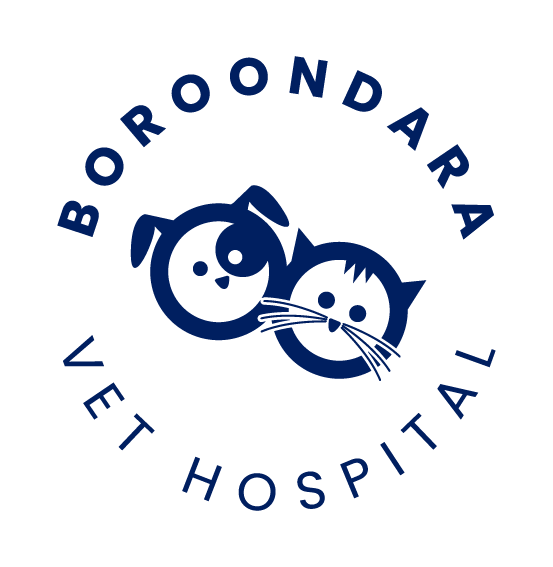Library
-
Fipronil is an antiparasitic agent prescribed by your veterinarian for control of fleas, ticks, and lice on dogs and cats. Your veterinarian may also prescribe it for other ectoparasites.
-
Dogs can be irritated by fleas in two ways: Flea dermatitis and flea allergy dermatitis (FAD).
-
The most common flea found on cats and dogs is the cat flea. Many cats live with fleas but show minimal signs. Eradicating fleas can be a demanding task, with the cat and home both requiring treatment. Using a flea preventive can be easier than treating the problem once it has developed. It is important to use products made specifically for cats, as products intended for dogs or other animals can be very dangerous for cats.
-
Successful flea control involves: Eliminating fleas from your dog and strict environmental flea control.
-
Flubendazole is used to control roundworms and some types of tapeworms. Your veterinarian will advise a deworming programme for your pet.
-
Garlic, the bulb of the plant Allium sativum, is a well-known herb and popular ingredient for cooking. It is supplied in raw form as the fresh bulb; as a liquid alcohol extract; or in gelatin capsules.
-
Giardia is sometimes confused with worms because they invade the gastrointestinal tract and can cause diarrhoea. They are not worms; instead, they are one-celled parasites classified as protozoa and have been largely overlooked until recently.
-
The harvest mite (Trombicula autumnalis) is a mite the larval stage of which causes considerable discomfort to cats and dogs during the late summer and autumn. The mite is not common in Australia and only rural cats are usually affected. The fluid injected by the mite is very irritant causing the cat to scratch, bite and lick which may result in extensive self-inflicted injury. Your vet will give you appropriate treatment.
-
Heartworm disease (dirofilariasis) is a serious and potentially fatal disease in dogs in many parts of the world. It is caused by a worm called Dirofilaria immitis.
-
Hookworms are parasites which get their name from the hook-like mouthparts they use to attach to the intestinal wall. Despite their small size, they suck large amounts of blood from the tiny vessels in the intestinal wall.

